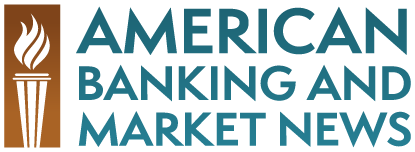According to a new college study, tuition increases at private schools during the 2008-2009 school year increased by just 4.5%, the smallest increase since 1972. At the same time, student loan borrowing has increased by 25% year-over-year according to a new study from the U.S. Department of Education.
So what’s going on? State-supported schools have had higher tuition increases as state budgets have suffered from declining tax revenues. Second, families that have been able to help with tuition expenses in the past have not been able to because of job losses, wage declines or other cutbacks.
According to a recent article from the Wall Street Journal, the average college student now graduates with over $23,000 in student loan debt. Is this a reasonable amount for students? Most financial analysts recommend that students borrow no more than the expected earnings of their first year of employment after school. If you’re going to be a teacher that earns $40,000 per year starting, you should take out no more than $40,000 per year.
This news comes as Congress is working to reform the student loan industry. Just two weeks ago, the House of Representatives voted 253 to 171 to approve the Student Aid and Financial Responsibility Act of 2009. The legislation would tie the amounts of Pell grants to inflation and end federal subsidies to private lenders. Instead, the students would work with the government’s direct loan program.
This legislation has caused significant controversy in states such as South Dakota that have banking centers which are heavily dependent upon the student loan industry. Stephanie Herseth-Sandlin, South Dakota’s sole voice in the House of Representatives, stated “The enactment of this bill in this form could result in the loss of hundreds if not thousands of jobs in South Dakota during a period of higher unemployment” during a press conference to a group of reporters.





